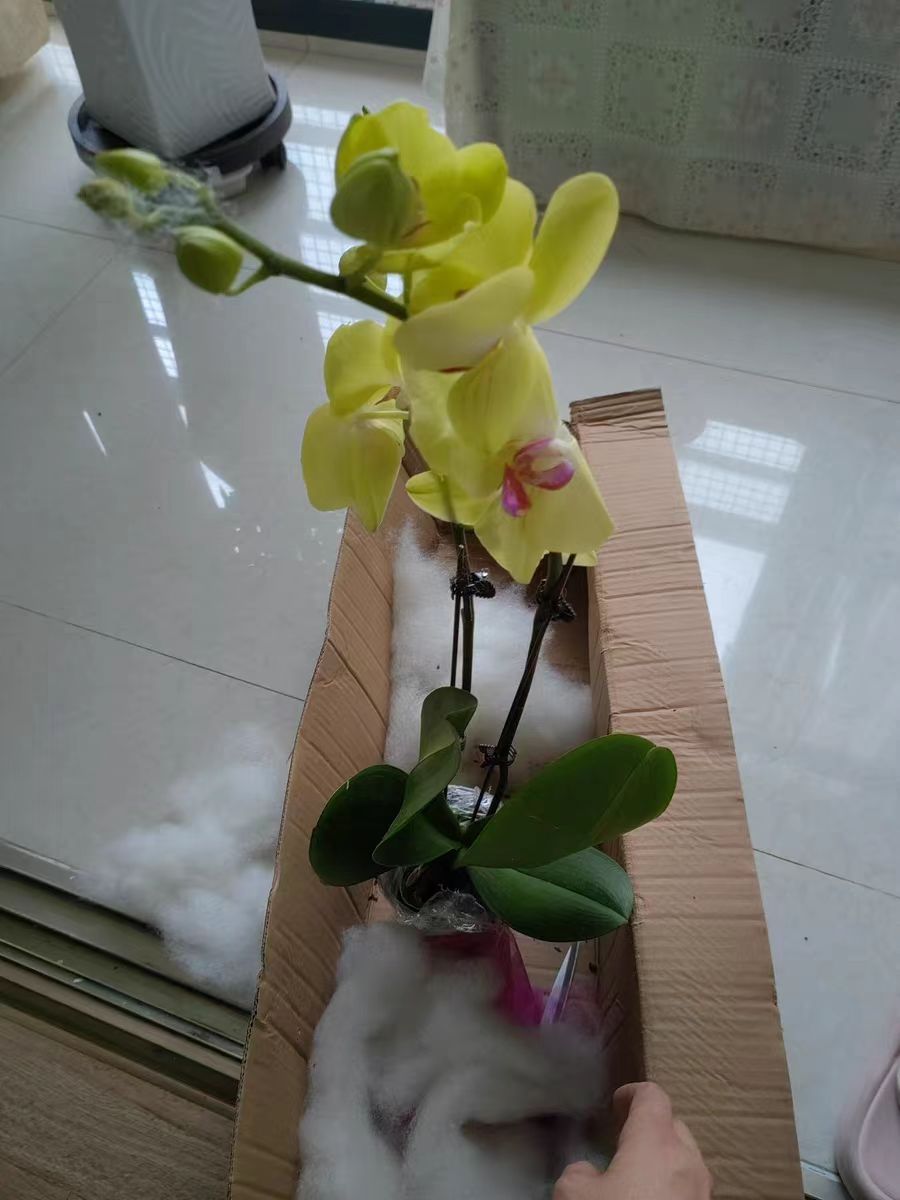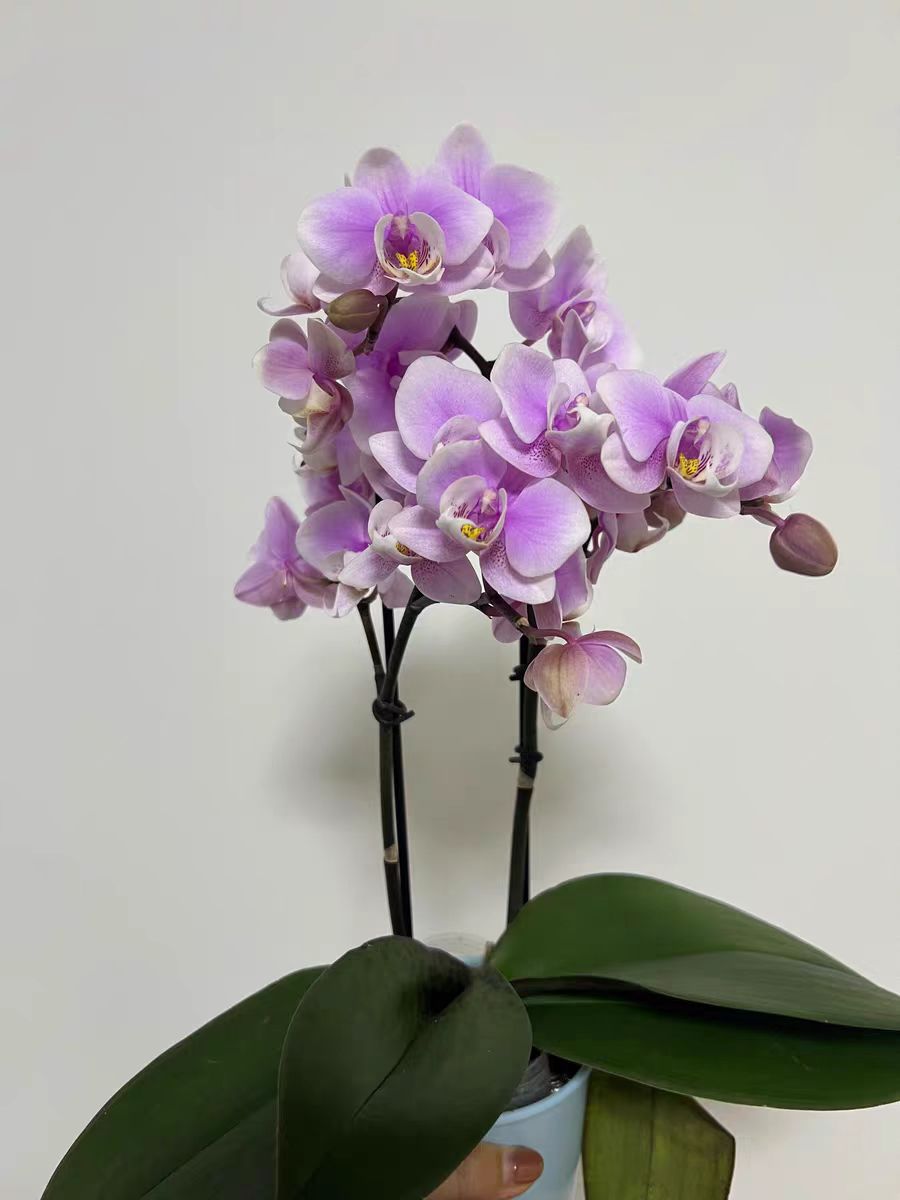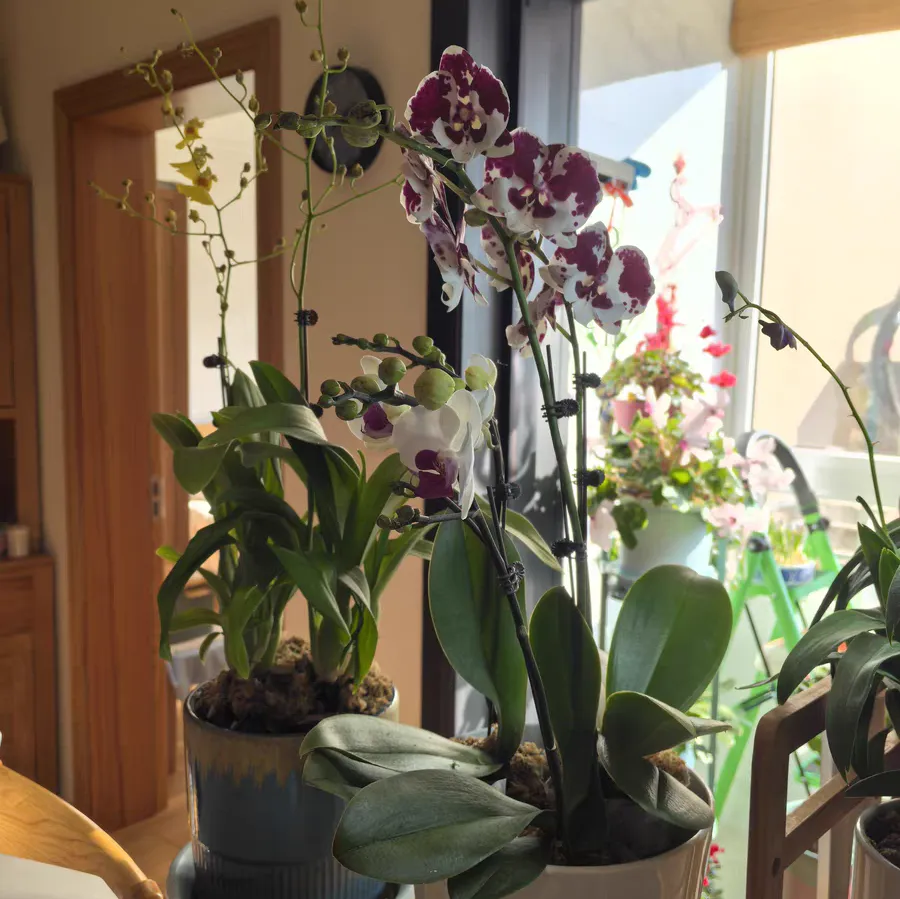Hydroponic cultivation of Phalaenopsis, a unique way of growing plants, has gained popularity among many flower enthusiasts due to its high ornamental value and relatively easy management. For those who are trying hydroponic Phalaenopsis for the first time, the use of rooting hormone and the steps of transplanting after rooting are often confusing issues.
Rooting hormone is not an absolute necessity in the hydroponic cultivation of Phalaenopsis, but it can significantly increase the rooting speed and success rate. The rooting hormone and other nutrients contained in the rooting solution can stimulate the cell division and growth of the roots of Phalaenopsis, thus accelerating the formation of new roots. The method of using rooting hormone is simple: soak the cleaned roots of Phalaenopsis in the rooting solution for about 10 minutes, then take them out and let them dry before starting hydroponic cultivation.
Of course, if conditions are limited or you prefer a more natural approach, you can omit the use of rooting hormone. Just ensure that the roots of the Phalaenopsis are healthy and free from rot, and provide it with a suitable growth environment (such as a transparent glass bottle, an appropriate amount of water, suitable temperature and light, etc.), and the Phalaenopsis is still likely to root successfully.
When the Phalaenopsis has successfully rooted and sprouted new leaves in the hydroponic environment, transplanting can be considered. The purpose of transplanting is to provide a more stable growth environment and a richer supply of nutrients for the Phalaenopsis, to promote its continuous healthy growth and flowering.
Transplanting Steps:
Prepare the Substrate: Select a substrate suitable for the growth of Phalaenopsis, such as imported sphagnum moss specifically for orchids, perlite, vermiculite, or a mixed soil. These substrates should have good air permeability and water - holding capacity to meet the growth needs of the roots of Phalaenopsis.
Handle the Plant: Gently take out the hydroponic Phalaenopsis and rinse the impurities and mucus attached to the roots with clean water. Be careful to be gentle to avoid damaging the new roots. At the same time, check and trim off any wilted or rotten roots.
Plant in the Substrate: Plant the treated Phalaenopsis plant into the prepared substrate, ensuring that the roots stretch naturally and adhere closely to the substrate. If the substrate is loose, it can be appropriately compacted to improve stability.
Watering and Fertilizing: Water thoroughly for the first time after transplanting to ensure that the substrate is fully moist. After that, water in a timely manner according to the dryness of the substrate, avoiding waterlogging that may cause root rot. At the same time, an appropriate amount of orchid - specific fertilizer can be applied to provide sufficient nutrient support for the Phalaenopsis.
Placement and Maintenance: Place the transplanted Phalaenopsis in an environment with good ventilation and sufficient diffused light, avoiding direct sunlight that may burn the leaves. Maintain suitable temperature and humidity to promote the growth and flowering of the Phalaenopsis.
Although rooting hormone is not essential for hydroponic Phalaenopsis, it can indeed improve the rooting efficiency and success rate. The transplanting process after hydroponic rooting of Phalaenopsis is not complicated either. Just pay attention to key aspects such as substrate selection, plant handling, watering and fertilizing, and placement and maintenance, and your Phalaenopsis will thrive in the new environment.
Is Rooting Hormone Necessary for Hydroponic Phalaenopsis?

Share with
Tagged in :




Leave a Reply